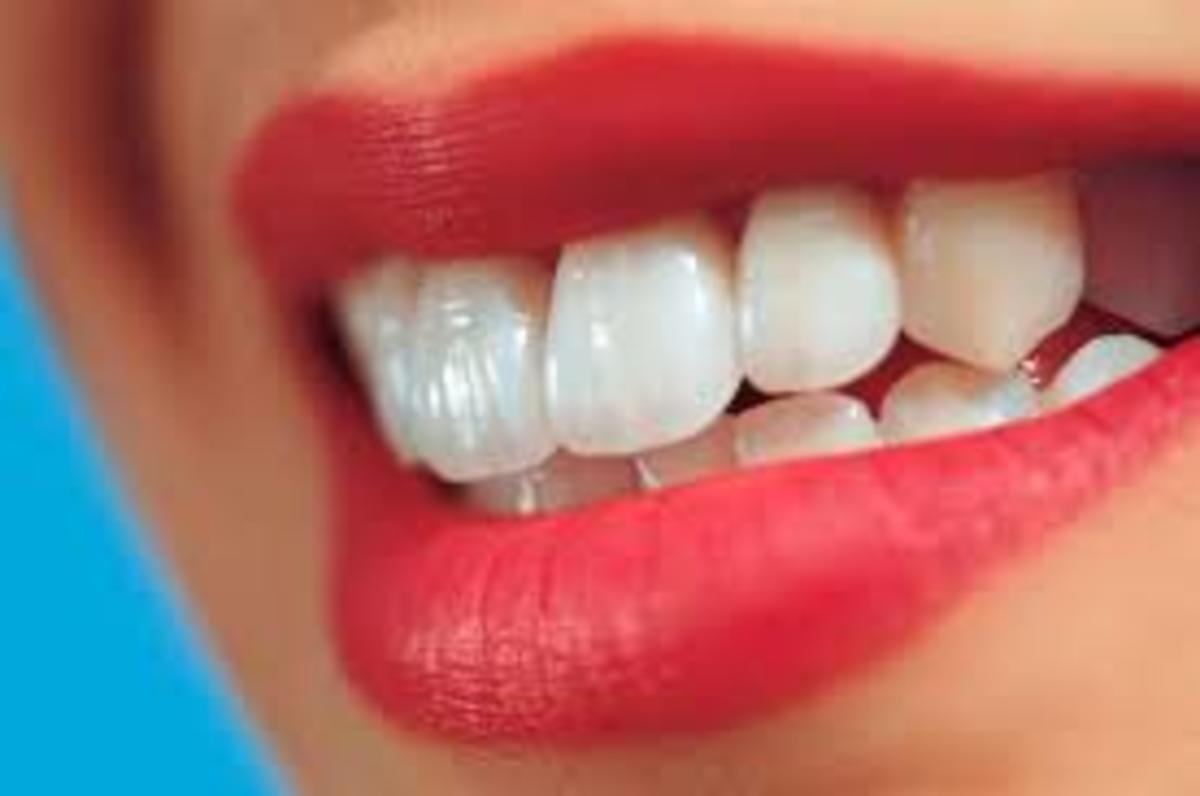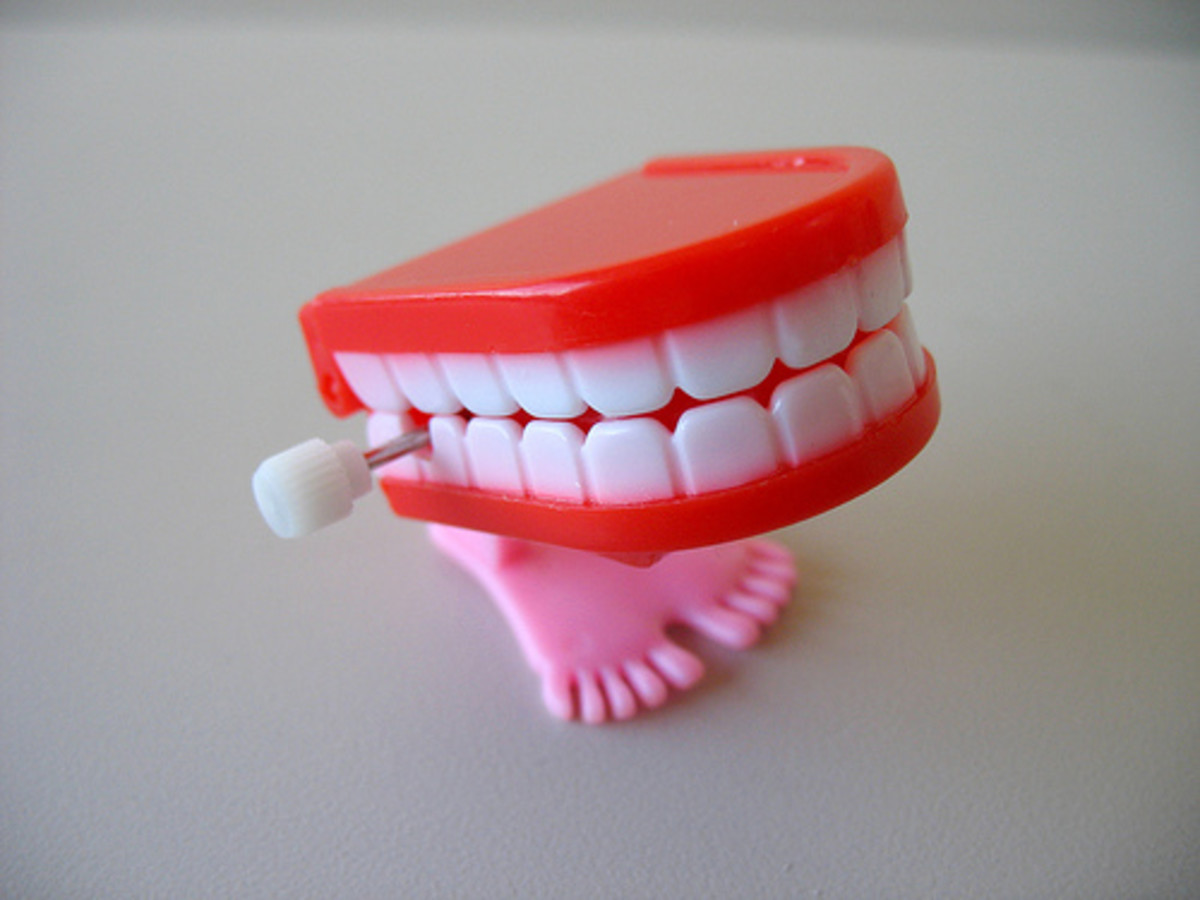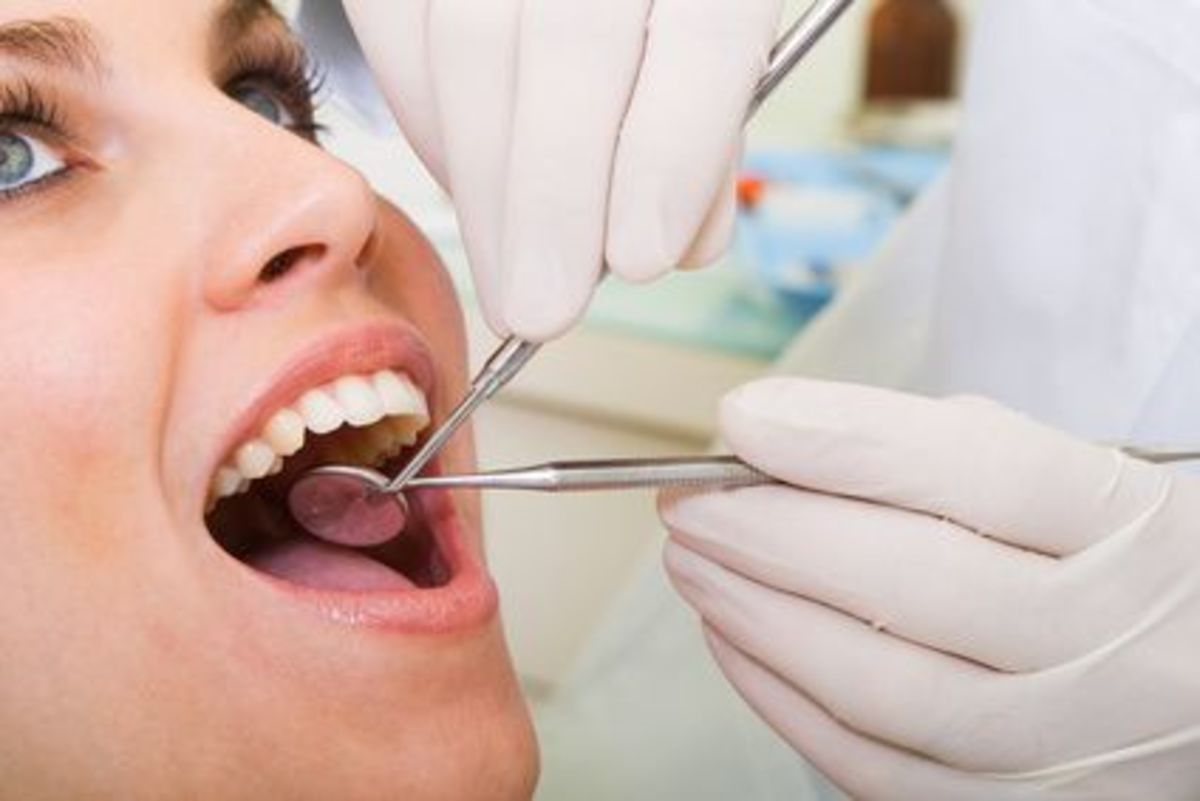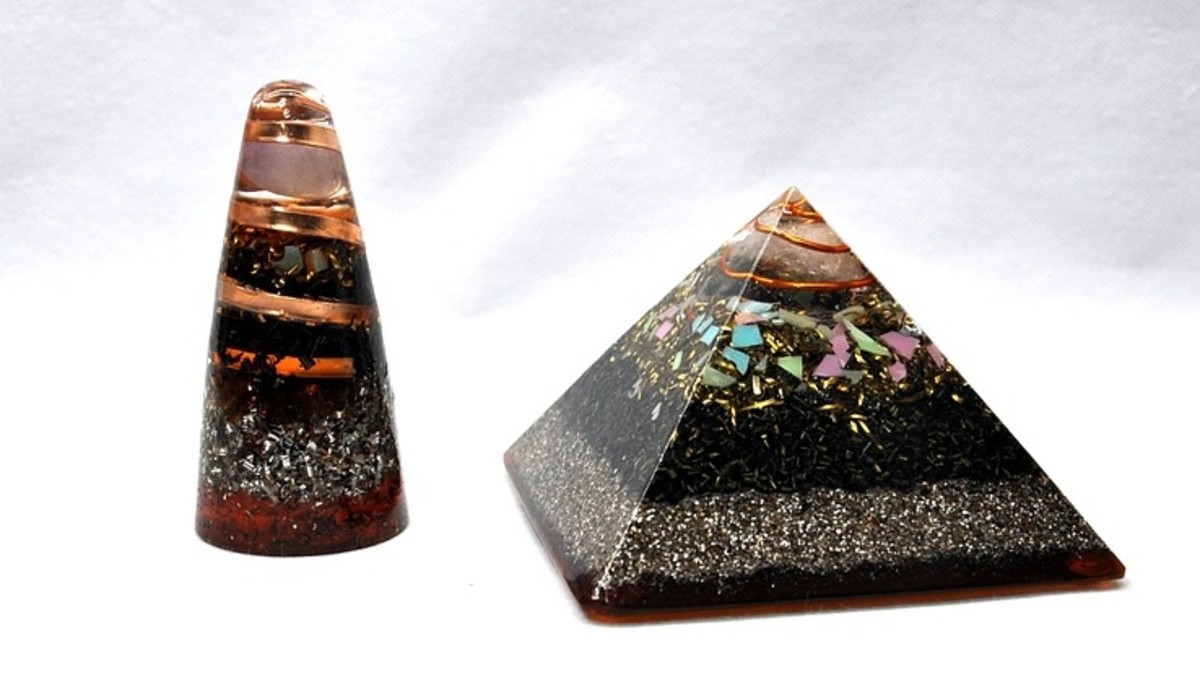Common Oral Diseases
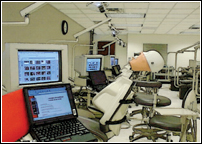
The mouth is the doorway to food inside a human/animal body. It is also the doorway to a lot of diseases, if one is not careful. And good oral health is far more than just great-looking teeth, and an attractive smile. Poor oral health and untreated oral diseases can have substantial impacts on the overall quality of life, as the condition of mouth mirrors the condition of the body as a whole.
Recent scientific studies show a distinct relationship between the gum diseases and stroke, heart diseases, diabetes, osteoporosis and pre-term low-birth-weight babies. In fact, studies in the West pin the blame squarely on dental diseases. Toothache usually occurs due to the infection of gums or teeth and this infection can directly affect the tissue lining of the heart and its valves, causing a bacterial disease called Infective endocarditis.Furthermore, poor oral health severely affects the digestive process which starts with the physical and chemical activities in the mouth, via teeth, saliva and enzymes present there. Such disturbances can ultimately lead to more complicated conditions of digestive system with diseases like Irritable Bowel Syndrome.Recent medical research studies have also proved that more than 90 per cent of the diseases affecting different systems of the body have oral manifestations. This means, in a good quality dental practice, the dentist may be the first health provider to diagnose the problem. With a careful and thorough oral examination, many diseases can be diagnosed in their early stages. These diseases can be manifested in the form of swelling of gums, dry mouth, mouth ulcers or severe gum problems. Some of these important diseases that can be diagnosed via oral examination are diabetes, leukemia, cancer, heart disease and kidney disease.While the above argument proves the importance of oral health, very few people actually take good care of their gums and teeth. The following common and important oral diseases and their preventive measures will give an idea.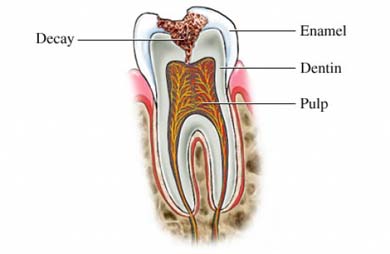
Tooth decay
Tooth decay is one of the most prevalent and discomforting conditions affecting the teeth. Cavities or tooth decay are basically the decayed areas of teeth that develop into tiny openings or holes. They are caused by a combination of factors, which include not cleaning the teeth thoroughly, and frequent intake of snacks and sugary drinks. The significant initiator of tooth decay is the long lasting and unremoved plaque called tartar.
When we eat, the bacteria present in the oral cavity blend with the food particles and hold to the surface of teeth, forming a sticky layer of plaque. The unremoved plaque bacteria slowly convert the sugars and starches present in food to acids. Every time acid is formed, it attacks the enamel of tooth, causing enamel breakdown and decay of teeth. The decay if not treated, takes the infection to the centre of the tooth where the nerve tissue or the pulp is present. After reaching the pulp, the bacterial infection destroys the nerve that usually becomes the source of extreme pain.
For preventing tooth decay, it is important to regularly clean the teeth, at least twice daily. Ideally, one should brush the teeth after every meal. But since this is practically very difficult for most of us, frequent rinsing of mouth with clean tap water or with fluoride containing mouth wash, can prevent bacterial colonisation responsible for forming the acid for tooth decay.
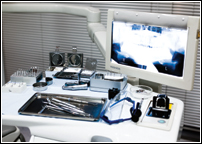
Gum diseases
Gums are the supporting tissues of teeth, which hold the teeth firmly inside the socket and also provide nourishment and sensory perceptions to the teeth. Healthy gums usually appear as firm and pinkish in colour, and do not normally bleed while brushing. The two most common diseases affecting the gums or supporting tissues of the teeth are gingivitis and periodontitis.
The frequent and proven cause of these gum diseases is poor oral hygiene. The gum catches disease when the bacteria - via deposited tartar between the teeth or between the gum and the teeth - multiply and damage the gum tissues though their provocative action. The gingivitis is the early sign of gum disease, which appears in the form of red, swollen, painful and easy to bleed gums without any sore condition. Whereas, gingivitis if not treated, progresses into periodontitis, which eventually forces gums to start diminishing in their size, height and health, causing destruction of bone surrounding the teeth and resulting in loosened or loss of teeth.
Gum diseases can also occur as a result of various other medical conditions like effects of certain drugs, which include anti-depressants, anti-seizures, anti-hypertensive (used to decrease blood pressure), during pregnancy and hormonal changes, under the influence of cancerous diseases like leukemia, due to viral infections or poor diet, especially one deficient in calcium, vitamin C and B vitamins. Since the earlier stages of gum diseases are usually not painful, one can be suffering from gingivitis without even knowing it.

Experts Advice
Ever since we were children, we dreaded visits to the dentist. And although regular visits are important, those trips will be less painful if we just follow a few important tips.
- Brush your teeth twice daily, especially at night
- Use soft brush with round ended bristles that can clean and stimulate gums without hurting them.
- Change your brush after every three months.
- Use a fluoride toothpaste, and consider a fluoride mouth rinse, which not only helps fight cavities, especially at the gum line, but also strengthens teeth
- Make a regular habit of flossing your teeth everyday, especially after taking food, in order to remove any food particles stuck between the teeth Avoid frequent munching of sugar or carbohydrate containing foods, like snacks and beverages
- Visit your dentist after every six months for tartar removal treatment (scaling), as tartar cannot be removed with regular brushing
- Strictly avoid eating paan (Betel Leaf) or smoking sheesha, cigarette or any other tobacco containing product in order to prevent any cancerous or other harmful oral disease.
Oral cancers
Cancerous conditions of mouth are the sixth most prevalent cancer types all over the world. The most commonly affected sites for oral cancer are tongue, lips and gums. Early diagnosis and treatment of oral cancer is very significant in decreasing the cancer mortality rate. The undiagnosed and untreated oral cancerous diseases can spread rapidly and aggressively, leading to chronic pain, loss of function, irreversible facial and oral defacements following surgery and can prove to be fatal as well.
The most frequent causes of oral cancer are prolonged and excessive use of tobacco products, alcohol, certain foods and some genetic factors.
New products like sheesha are being widely used as a flavoured tobacco, especially by the younger generation. Generally, many sheesha-users believe it to be tobacco free and thus harmless. However, according to medical research reports, one session of sheesha use is equivalent to 100 cigarette smokes, since it does have tobacco which is severely injurious to the health.
A health survey showed that when tobacco and alcohol use were combined, the risk of oral cancer increases by 15 times. The early signs of oral cancer can be represented by changes in the normal colour and contour of the oral tissues, as the colour of oral tissues may suddenly change into red, white or discoloured lesions, patches or swellings, in or around the mouth which may or may not be painful.
In the initial stages, oral cancers are usually painless. However, with time, unmanaged oral cancer becomes painful. Since a patient can confuse oral cancers with oral tissue changes, regular visits to dentist is advised with recommended diagnostic tests.
One should immediately see the oral physician or a dentist if he finds any sore that persists longer than two weeks, white or red patches in the mouth or on the lips, a swelling, growth or lump anywhere in or about the mouth or neck, repeated bleeding from the mouth or throat; or difficulty swallowing or persistent hoarseness. Oral cancers can be prevented by avoiding tobacco containing products and use of alcohol.
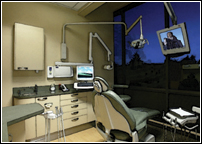
Bad Breath
This is the most common complaint and unwanted feeling that many people face. One of its causes could be poor oral hygiene, impaction and accumulation of tartar between the teeth, the gingival or gum diseases, indigestion or problems related to stomach ulceration.
However, in case of dental problems, today's world offers fantastic technology that can put smile back on a lot of faces.
The latest in dentistry
There was a time when losing teeth was the tragedy of the century. Now, various treatment options are available for saving a decayed tooth and making it functionally and aesthetically stable. Conventionally, gaps in the gums, resulting from loss of teeth were substituted by artificial teeth. The procedure required the adjacent supportive teeth to be grinded for their stronger and lasting fixation.
But in this day and age such treatment options are regarded as quite unsatisfactory and Implant dentistry has taken over the conventional tooth replacement therapies all over the world. With its fixation inside the jawbone, which gives a feeling of an almost natural teeth, these replacements are also functionally and aesthetically more stable and long lasting.
Numerous teeth whitening treatment options are also available now with a viable solution for removing the discolourations usually found in the enamel layer of teeth. Badly broken, gaped or malformed teeth can now be made aesthetically aligned and pleasant with the latest computer aided veneers and crowns, with all variety of colors and natural looking shades.
With the incorporation of latest technology in dentistry, the use of lasers is expected to set new trends in the dental treatment list. Although, the sound of the dentist's drill still whirs in the background of many clinics, researchers predict that they would soon be out of practice.
Earlier, lasers were only used for soft tissue surgery and teeth bleaching procedures. But now, different health governing bodies around the world has given clearance for using laser systems for the removal of cavities and tooth preparation. In this, one of the most attractive features for the patient is that in most cases, there is no need for anesthesia since the lasers have an anesthetic effect.


